Category: Brain
-
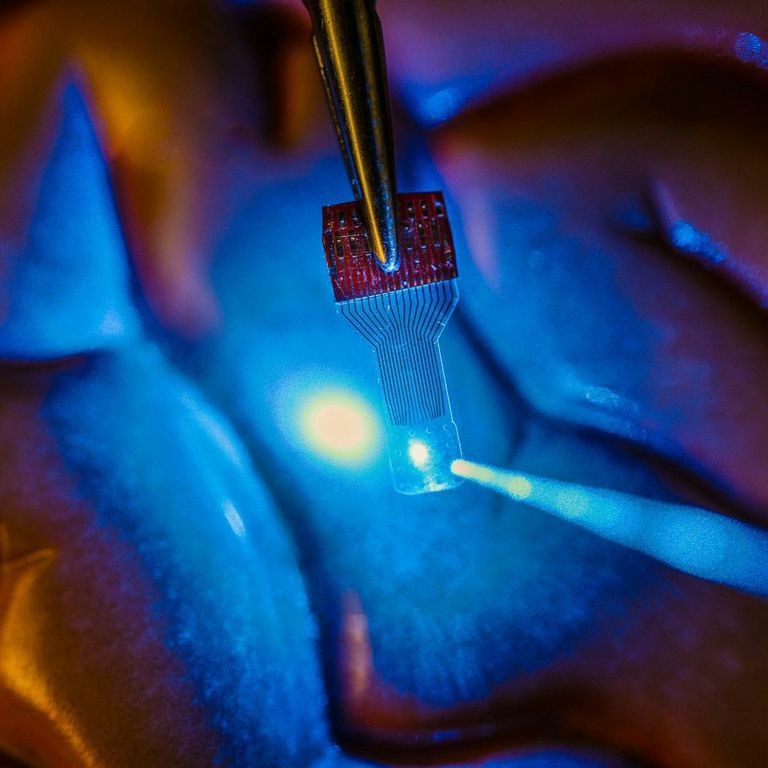
Transparent brain implant could improve neuromodulation
University of Wisconsin professor Justin Williams and colleagues have developed a graphene based, transparent sensor implant to help researchers better view the brain. Unlike existing devices, the sensor’s micro electrode arrays work in tandem with imaging technologies. This could improve neuromodulation therapies used to control symptoms, restore function, and relieve pain in patients with hypertension,…
-
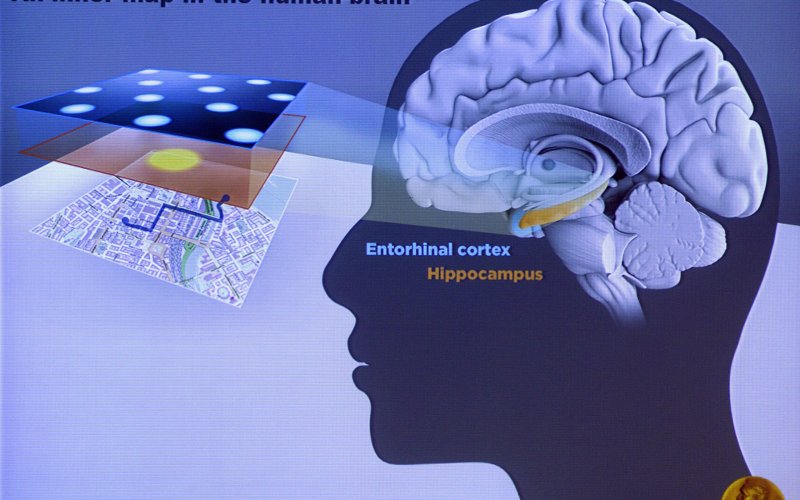
2014 Nobel Prize for discovery of brain’s “inner GPS” system
The 2014 Nobel Prize for Physiology or Medicine was awarded to professors John O’Keefe, May-Britt Moser, and Edvard Moser for “a paradigm shift in our understanding of how ensembles of specialized cells work together to execute higher cognitive functions” — specifically their discovery of the brain’s “inner GPS” system. Place cells and grid cells — neurons…
-
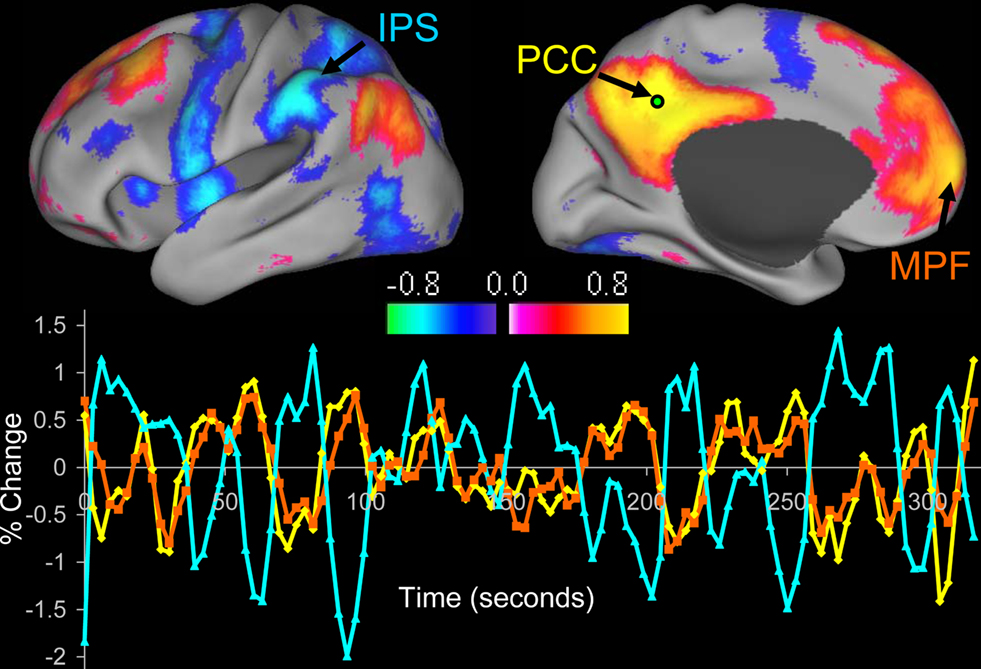
Brain network map may improve non-invasive stimulation
Brain stimulation treatments can alter neural circuits electrically instead of chemically. However, understanding what brain regions should be targeted, by condition, remains a challenge, particularly in non-invasive rTMS. A Beth Israel Deaconess study suggests that brain networks – the interconnected pathways that link brain circuits to one another– can help guide site selection for brain…
-
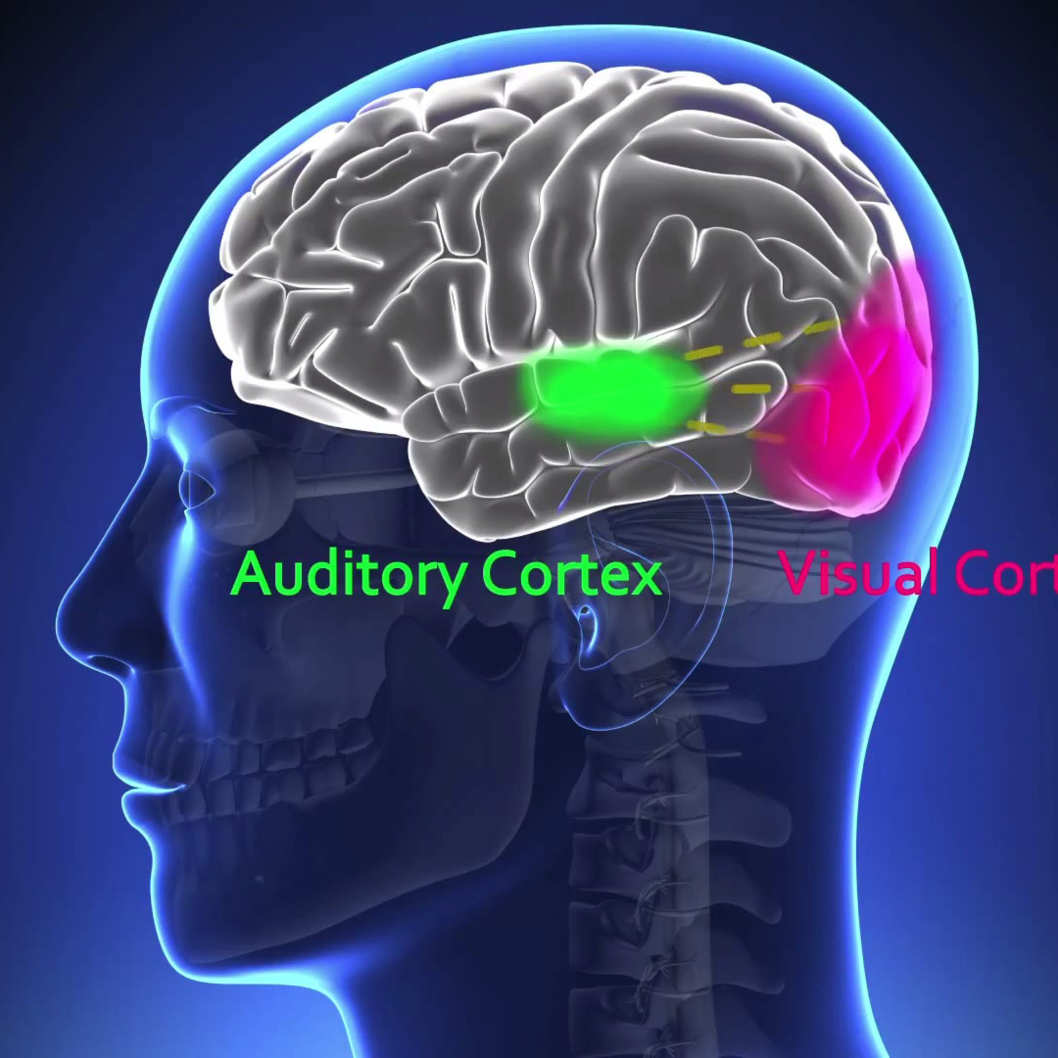
EEG could lead to earlier autism diagnosis
Albert Einstein College of Medicine professor Sophie Molholm has published a paper describing the way that autistic children process sensory information, as determined by EEG. She believes that this could lead to earlier diagnosis (before symptoms of social and developmental delays emerge), hence earlier treatment, which might reduce the condition’s symptoms. EEG readings were taken from 40…
-
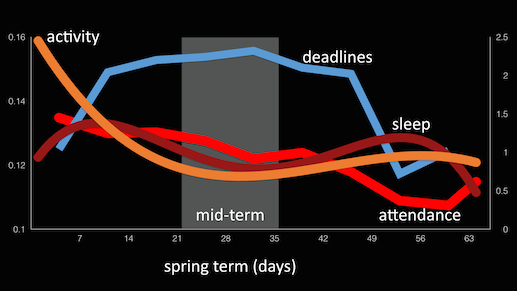
Smartphone sensors power mental health app
Dartmouth professor Andrew Campbell has developed a mental health monitoring app based on automatic smartphone sensing. StudentLife compares students’ happiness, stress, depression and loneliness to their academic performance In a recent study, passive sensors continuously collected data on location, conversations, mobility, and sleep patterns of 48 participants over 10 weeks. The students were also prompted with questions about their…
-

Brain-Computer Interface generated music
At Music Tech Fest in London, multidisciplinary artist Ma Tan won the wearables prize by generating music from his thoughts and heart. He used a 2 electrode EEG headband developed by Tel Aviv and Brown University professor Nathan Intrator to sense his emotions, and a heart monitor to sense his cardiac activity.
-
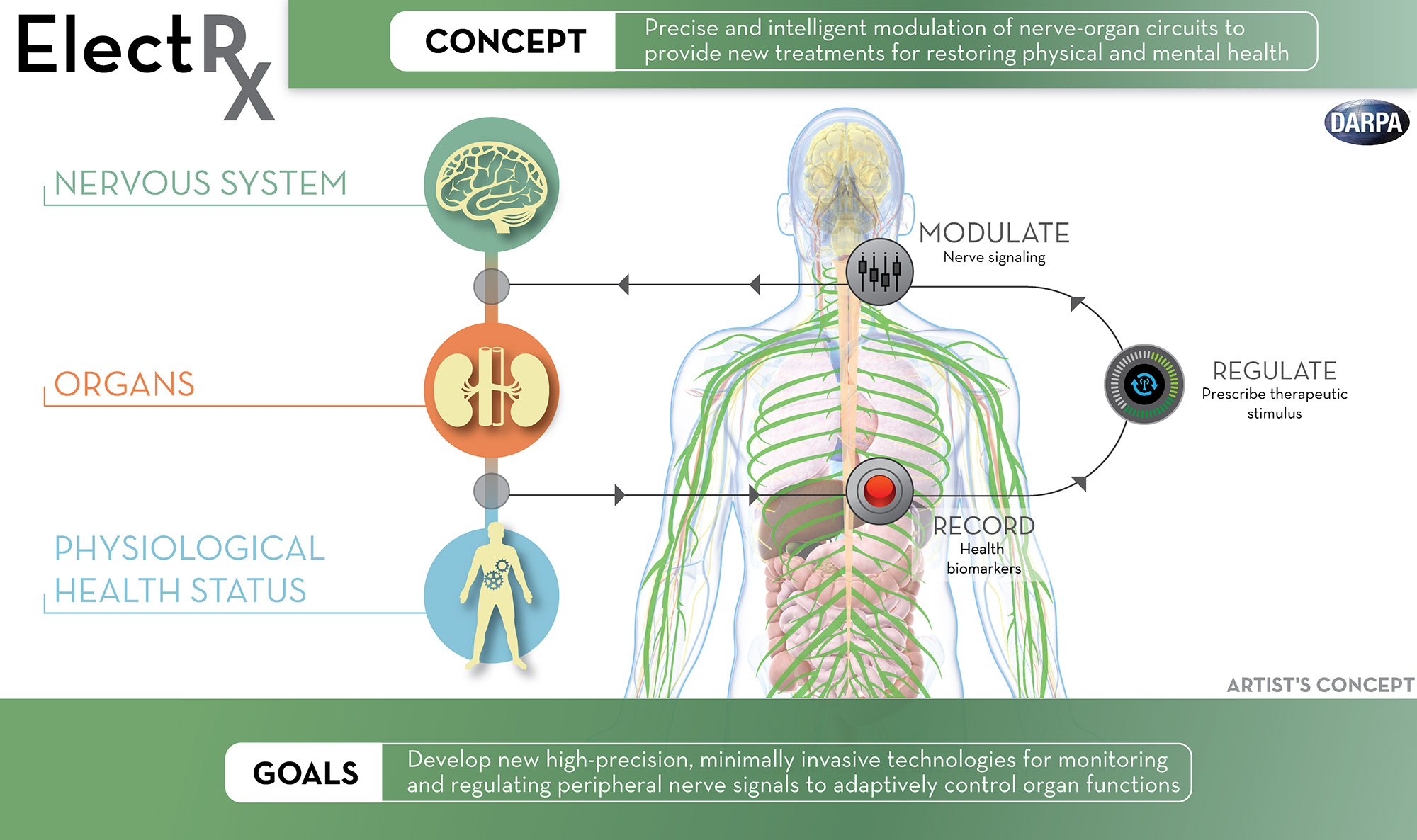
DARPA neuromodulation tech for physical and mental health
DARPA‘s ElectRx research program aims to develop high precision, minimally-invasive neuromodulation technologies to treat diseases including rheumatoid arthritis, epilepsy and PTSD. Implanted ultraminiaturized devices would modulate the peripheral nervous system’s response to infections, injuries or other imbalances. Project manager Doug Weber claims that ElectRX technologies “would continually assess conditions and provide stimulus patterns tailored to help maintain…
-
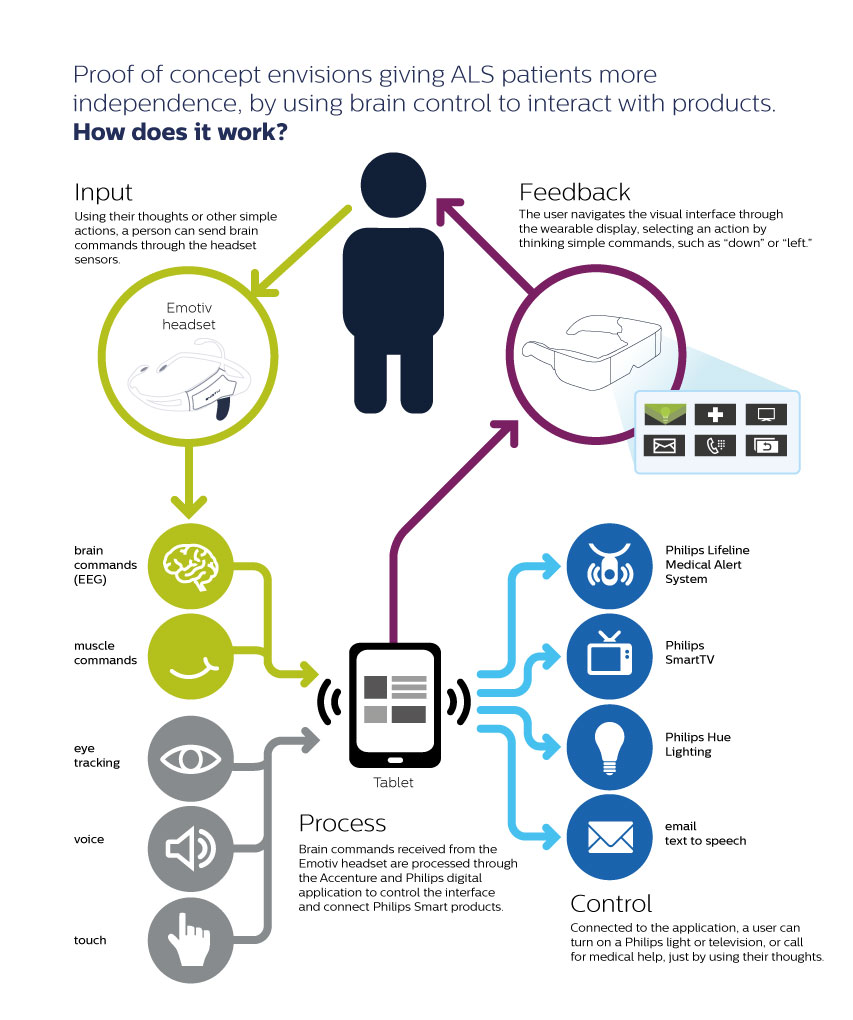
EEG enables ALS patients to control devices, communicate
Philips and Accenture are using EEG brainwaves to help ALS patients command electronic devices via a wearable display, a tablet and software. The system can access a medical alert service, a smart TV and wireless lighting, and communicate via pre-configured messages. The wearable display provides visual feedback that allows the user to navigate the application…
-
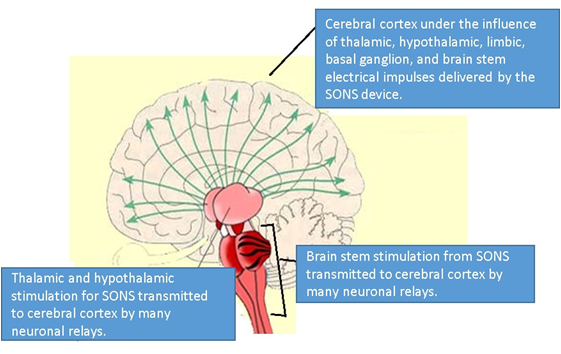
Less invasive Alzheimer’s neurostimulation
A less invasive neurostimulation device for Alzheimer’s patients is being reviewed by the FDA. SONS — Sphenoid and Olfactory Nerve Stimulation System — is a nose catheter that targets nerve trunks and stimulate brain structures that control memory and cognition. Requiring an outpatient procedure, small, adjustable and targeted electrical impulses will be delivered through the…
-
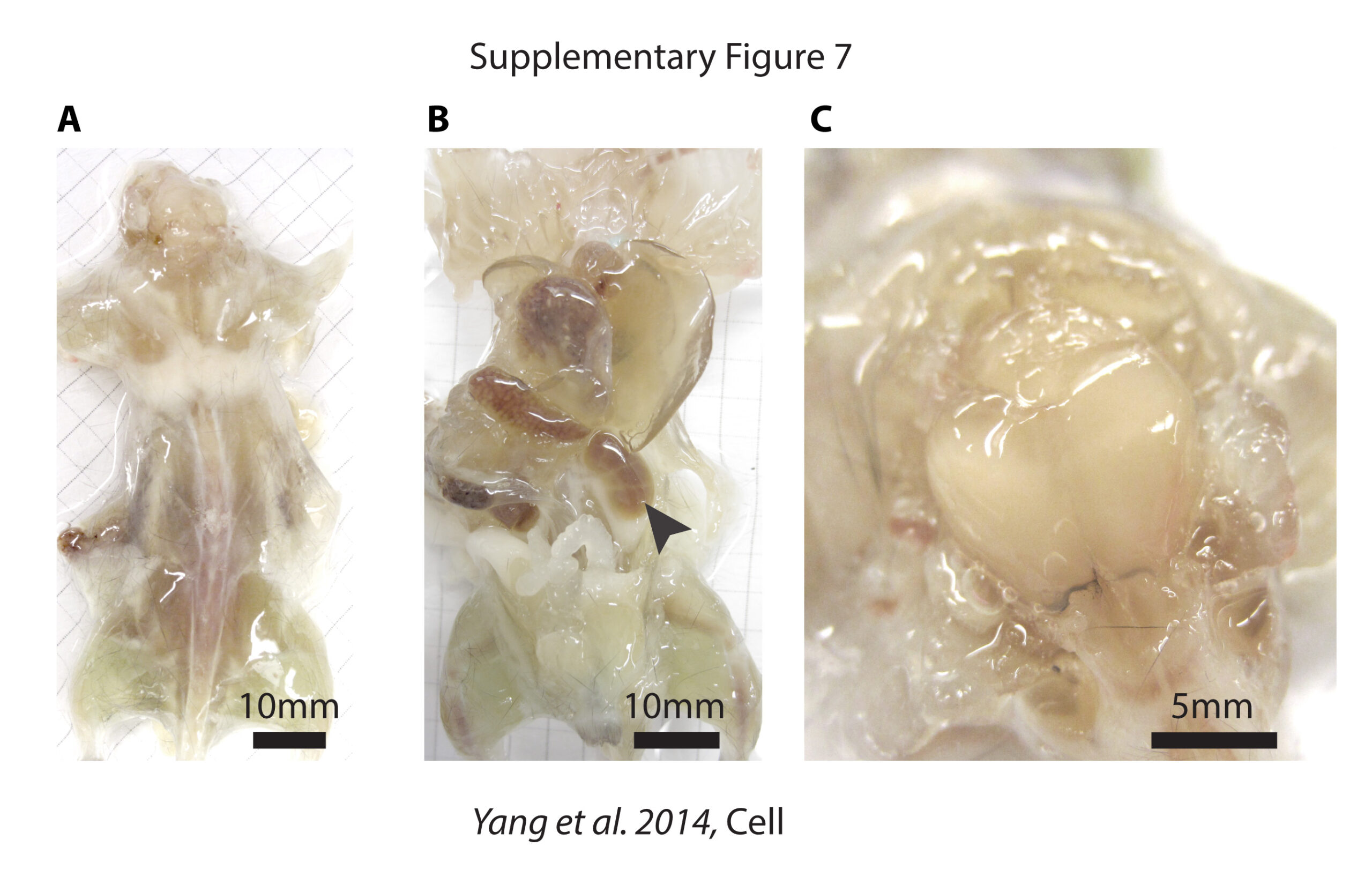
Transparent mouse technique impacts brain, cancer research
CalTech researchers, led by professor Viviana Gradinaru, have developed a chemical treatment that makes an entire organism (in this case, a mouse) transparent. The goal is to help scientists study organs and tissues in the lab, which could help diagnose illnesses in humans. Professor Gradinaru believes the most significant application will be in neuroscience, as researchers could see…
-
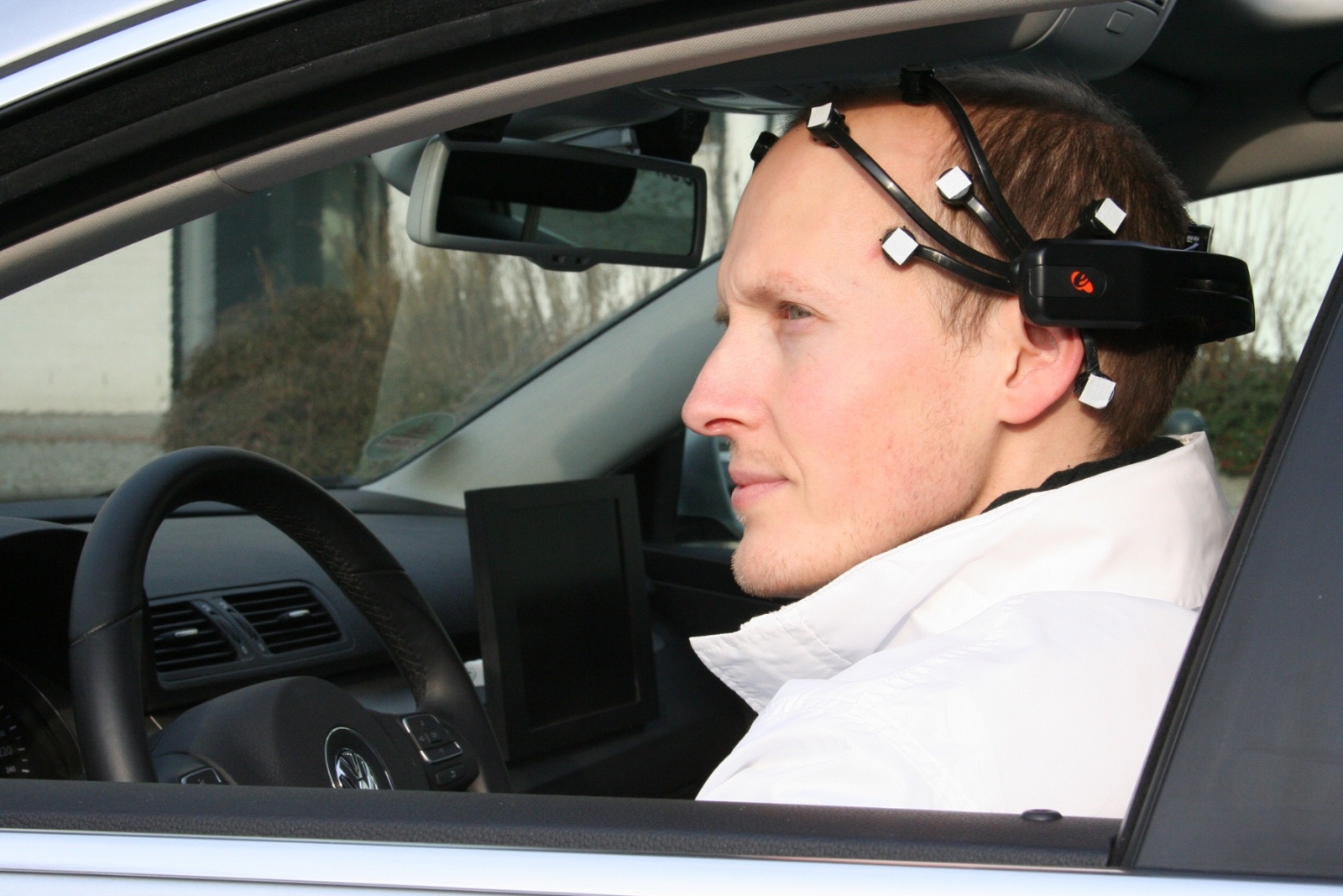
Brain controlled car steers, accelerates, brakes
AutoNOMOS and the Freie Universität Berlin are developing BrainDriver, the first car that steers, accelerates, and brakes based on its driver’s thoughts. In a recent experiment, Henrik Matzke drove a car at speeds up to 31 mph. Neuro-signals are acquired with a commercial EEG tool. After training with virtual objects in the software toolkit, bioelectric signals measured by the wireless…
-
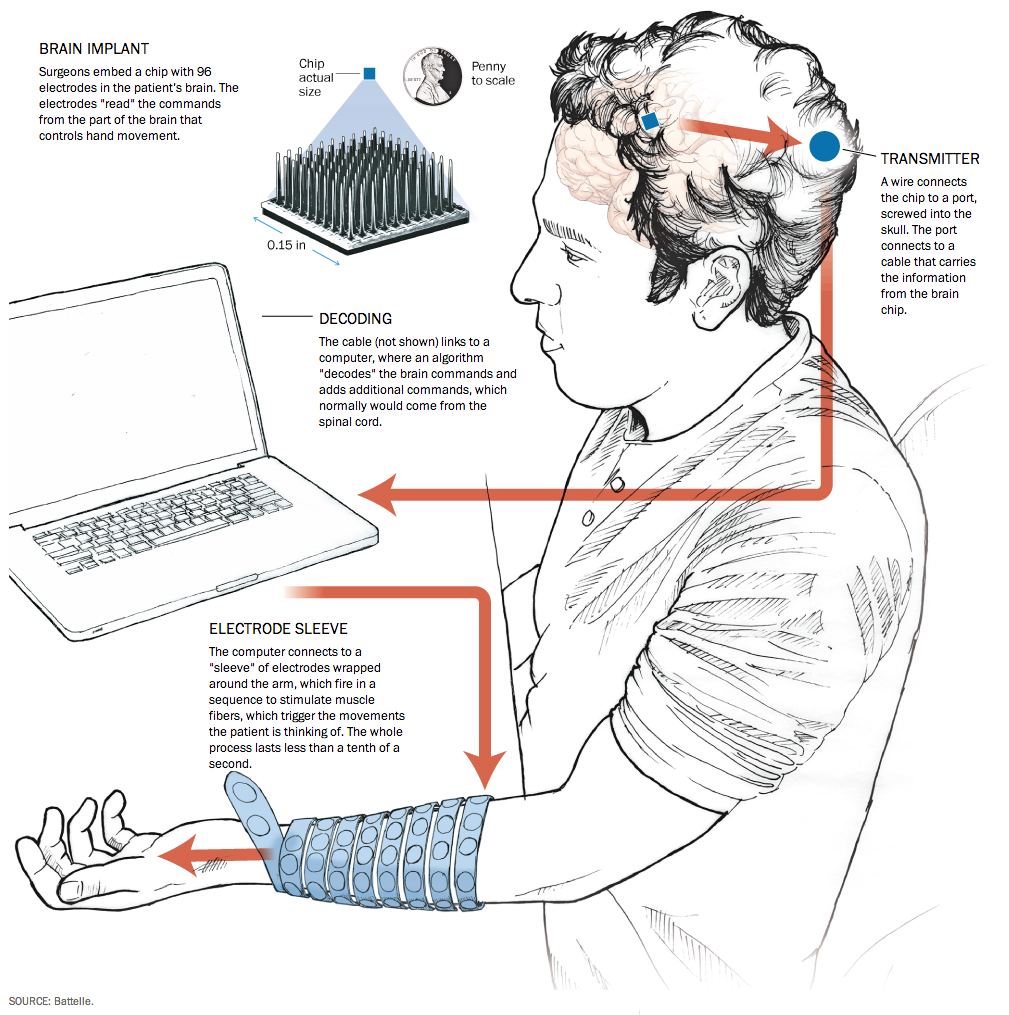
Quadriplegic moves hand with thoughts
Neurobridge, developed by Ohio State University and Battelle, enabled a paralyzed man to move his hand and fingers with his thoughts. The device is an electronic neural bypass for spinal cord injuries that reconnects the brain directly to muscles, allowing voluntary and functional control of a paralyzed limb. The experiment used a chip, implanted in…